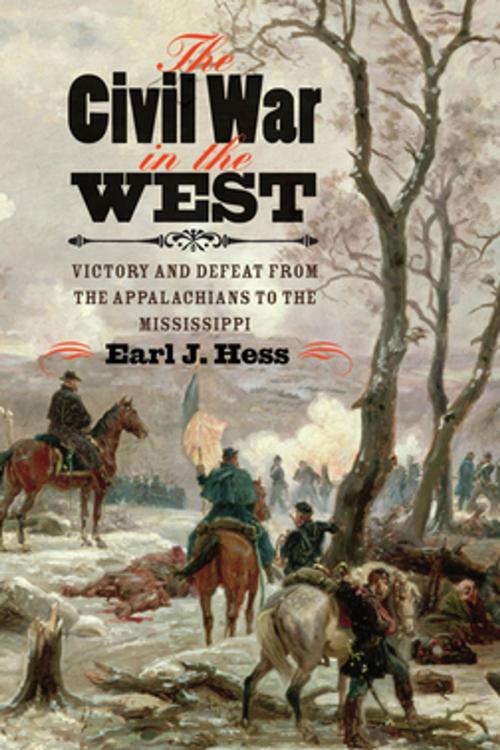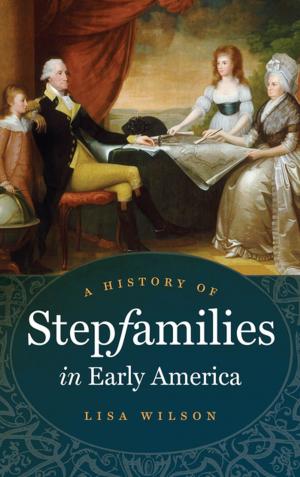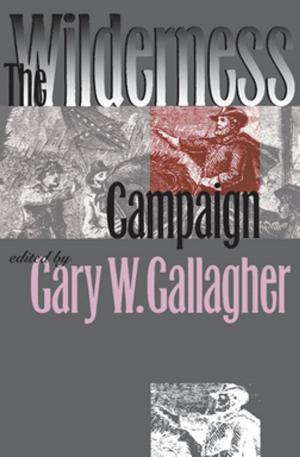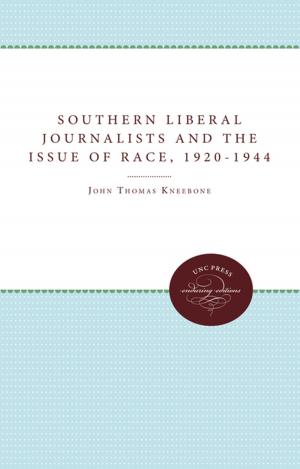The Civil War in the West
Victory and Defeat from the Appalachians to the Mississippi
Nonfiction, History, Americas, United States, Civil War Period (1850-1877), Military| Author: | Earl J. Hess | ISBN: | 9780807869840 |
| Publisher: | The University of North Carolina Press | Publication: | March 12, 2012 |
| Imprint: | The University of North Carolina Press | Language: | English |
| Author: | Earl J. Hess |
| ISBN: | 9780807869840 |
| Publisher: | The University of North Carolina Press |
| Publication: | March 12, 2012 |
| Imprint: | The University of North Carolina Press |
| Language: | English |
The Western theater of the Civil War, rich in agricultural resources and manpower and home to a large number of slaves, stretched 600 miles north to south and 450 miles east to west from the Appalachians to the Mississippi. If the South lost the West, there would be little hope of preserving the Confederacy. Earl J. Hess's comprehensive study of how Federal forces conquered and held the West examines the geographical difficulties of conducting campaigns in a vast land, as well as the toll irregular warfare took on soldiers and civilians alike. Hess balances a thorough knowledge of the battle lines with a deep understanding of what was happening within the occupied territories.
In addition to a mastery of logistics, Union victory hinged on making use of black manpower and developing policies for controlling constant unrest while winning campaigns. Effective use of technology, superior resource management, and an aggressive confidence went hand in hand with Federal success on the battlefield. In the end, Confederates did not have the manpower, supplies, transportation potential, or leadership to counter Union initiatives in this critical arena.
The Western theater of the Civil War, rich in agricultural resources and manpower and home to a large number of slaves, stretched 600 miles north to south and 450 miles east to west from the Appalachians to the Mississippi. If the South lost the West, there would be little hope of preserving the Confederacy. Earl J. Hess's comprehensive study of how Federal forces conquered and held the West examines the geographical difficulties of conducting campaigns in a vast land, as well as the toll irregular warfare took on soldiers and civilians alike. Hess balances a thorough knowledge of the battle lines with a deep understanding of what was happening within the occupied territories.
In addition to a mastery of logistics, Union victory hinged on making use of black manpower and developing policies for controlling constant unrest while winning campaigns. Effective use of technology, superior resource management, and an aggressive confidence went hand in hand with Federal success on the battlefield. In the end, Confederates did not have the manpower, supplies, transportation potential, or leadership to counter Union initiatives in this critical arena.















